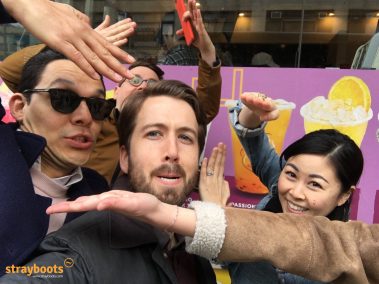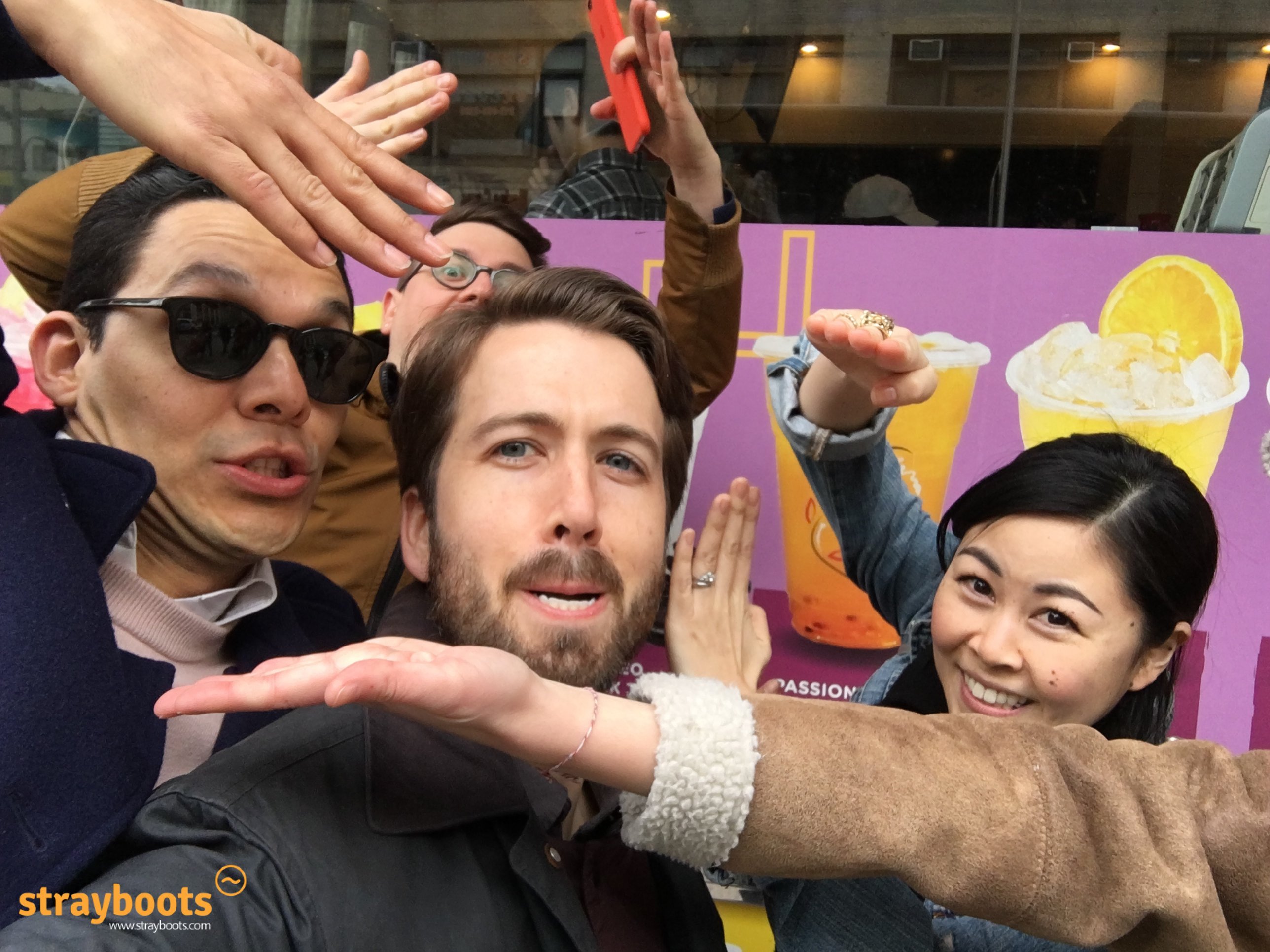Most of us have our own personal methods for problem-solving. We all have little tricks and tactics we’ve developed over the years to compile all the data and solutions we’ve picked up through school, training, and just plain practice.
When these skills are brought to a team environment they can easily be capitalized on by a team who engages in coordinated problem solving, a process wherein a problem is broken down into smaller problems than divided amongst the team. This method helps mitigate the issues that ineffective communication might have on a team’s ability to complete their tasks efficiently. Still, a team can come up with its most innovative solutions when team members can collaborate on finding solutions to problems facing them.
Team Collaboration
When a team can actually collaborate while solving complex problems it enables the team members to utilize each other’s different perspective as a source for new insights into a solution. Issues begin to arise when there are issues with team cohesion preventing clear communication or even outright preventing everyone from communicating.
Everyone has experienced a person who always has to interrupt or dominate a conversation. This kind of behavior can be dangerous for a team; some team members will stay silent, being overly polite or shy, thus preventing the team from the benefit their insight might bring.
Two Heads Are Always Better Than One
A study done based on the common saying “two heads are always better than one” set out to test this theory. Their results were intriguing, somewhat disheartening in some ways, but ultimately show that it might be better said that “two heads can be better than one”. The research was done by having pairs (together or in isolation) take an image recognition test. They were shown two images (for 85 ms each), each having 6 targets equidistance apart surrounding an imaginary circle. In one of these images a single target had a slightly higher contrast than the rest of them, and the subjects were asked in which image and quadrant the higher contrast target was. The results showed that dyads that were able to communicate about their responses were more likely to have correct answers than those who were just shown the response of the subject they were paired with.

This fits with most conventional wisdom on group problem-solving, but the research mentioned an interesting discrepancy. When one of the members of a dyad could not communicate effectively about their judgement the pair was more likely to be less accurate, when a dyad did not clearly understand the other’s judgement they did worse than the initial impression of the more observant of the pair.
Collaborative Problem Solving
This implies that when a team is unable to properly gauge each other’s ability their communication might actually hamper effective collaborative problem solving. This lends some credence to the behavior of overly assertive or domineering team members. Luckily the more often team members interact the more they will become familiar with each other’s strengths and weaknesses, which will certainly help the group’s collective problem solving skills.
But beyond learning the strengths and weaknesses of the other team members, they need to learn each other’s unique approach to problem solving. As was mentioned at the start of this article, each person has their own idiosyncrasies in their problem solving methods; some people need to let the problem stew in their mind for a while, and others sometimes do their best when constantly working away at a problem, and many have a process involving switching between these two methods.
This article sums up the most practical solution to this issue, and it is the most recurrent answer to almost any task. Practice. It’s very convenient that problem solving is one of the most easily practiced skills, and presents itself in nearly any activity. Anything that requires the team to compare each other’s solution to a challenge presented to them will help them improve their team problem solving abilities.
Team Communication
Finding an event that presents a team with fresh new activities that can help them learn each other’s strengths in a non-work environment will help team members have a broader understanding of their teammate’s unique problem solving methods. This can also have the added benefit of helping the quieter employees learn to assert themselves as they become more comfortable. This will prevent the more assertive amongst the team from always dominating conversations. If a team can learn to communicate with each other more efficiently their ability to solve the team’s problems can begin to exceed the results of the best members, and then they’ll begin to see their full potential.
To get moving with your team on a fun team building activity that works, take a Scavenger Hunt with Strayboots.




